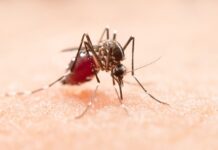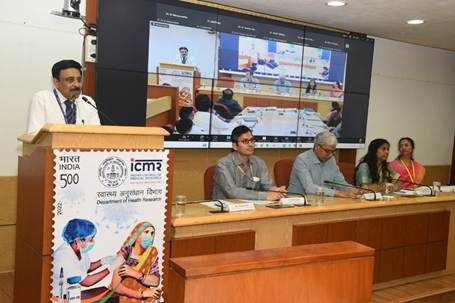In a landmark move, India has launched a first-of-its-kind inter-ministerial scientific study to monitor and detect zoonotic diseases that could spillovers from birds to humans. The study, titled “Building a Surveillance Model for Detecting Zoonotic Spillover in Increased Bird-Human Interaction Settings Using the One Health Approach,” was officially launched at the Indian Council of Medical Research (ICMR) Headquarters.
Surveillance at the Human-Animal-Environment Interface
As reported by pib.gov.in, the study will focus on select bird sanctuaries and wetlands in Sikkim, Maharashtra, and Tamil Nadu, where human interactions with migratory birds are frequent. By employing the One Health approach, researchers will monitor the health of birds, local human populations, and the surrounding environment to identify potential zoonotic threats. The study aims to build a real-time surveillance model for early detection and diagnosis of emerging pathogens, especially in vulnerable groups such as sanctuary workers, rescue teams, and veterinarians.
ICMR Emphasizes Proactive Health Preparedness
Dr. Rajiv Bahl, Director General of ICMR and Secretary of the Department of Health Research, highlighted the importance of early detection systems. He stated, “Just as a strong radar is crucial for timely action, robust surveillance is vital for identifying and containing health threats. Through the National One Health Mission, we are shifting from reactive to proactive public health responses—a global imperative.”
NCDC Underscores Need to Understand Spillover Mechanisms
Promoting Inter-Ministerial Scientific Collaboration
Balancing Biodiversity and Public Health
Mr. Sunil Sharma, Assistant Inspector General of Forests at the Ministry of Environment, Forest and Climate Change (MoEFCC), reaffirmed the ministry’s support. He noted, “Protecting biodiversity and human health are deeply interconnected. This study exemplifies our commitment to both conservation and community health.”
A Strategic Focus on Migratory Bird Hotspots
Given India’s strategic location along the Central Asian Flyway, its bird sanctuaries are critical hotspots for potential zoonotic transmission. The study will involve periodic sampling of birds, environmental specimens, and human populations. Researchers will collect these samples from high-risk areas. They will then use advanced tools, such as Next Generation Sequencing (NGS), to screen for novel pathogens.























